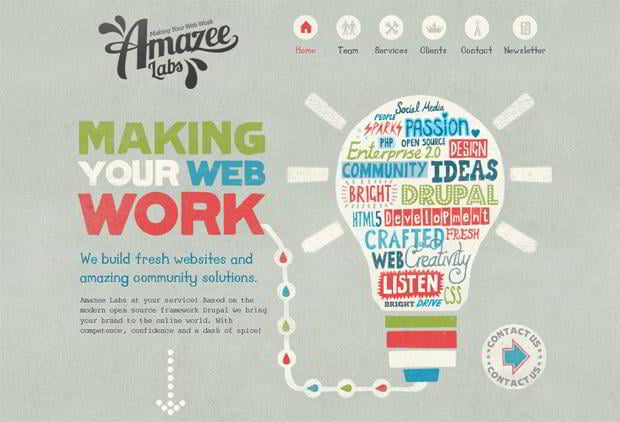Annoyed With Slow-Moving Filling Times And Complex Navigation? Discover Exactly How Receptive Layout And Optimized Page Rate Can Boost Your Site'S Individual Experience
Annoyed With Slow-Moving Filling Times And Complex Navigation? Discover Exactly How Receptive Layout And Optimized Page Rate Can Boost Your Site'S Individual Experience
Blog Article
Web Content Composed By-Burris Dickey
Have you ever before visited an internet site that took permanently to load, had a complex navigation system, or didn't present appropriately on your mobile device? https://how-much-is-search-engine83726.livebloggs.com/36500147/the-ultimate-overview-to-digital-marketing-methods-and-strategies-for-success are, you swiftly deserted that website and proceeded to one that supplied a better individual experience.
In today's affordable on the internet landscape, it's crucial for businesses to focus on web design that boosts customer experience in order to drive better conversions. In this discussion, we will discover the importance of receptive design, the application of intuitive navigation, and the optimization of web page load rate to develop a smooth and appealing customer trip.
Stay tuned to discover just how these elements can substantially affect your website's success.
Importance of Responsive Layout
Responsive style is vital in today's electronic landscape for producing websites that adjust flawlessly to various display sizes and devices. When your website is receptive, it instantly adjusts its design and web content to fit any kind of gadget, whether it's a mobile phone, tablet computer, or computer. This is critical since an increasing number of people are accessing the net via their mobile phones.
If your website isn't responsive, it can cause a bad user experience. Customers may have to squeeze and zoom to read material, buttons might be too little to click, and photos may not be enhanced for smaller screens. This can annoy customers and result in high bounce rates and low conversions.
Utilizing Intuitive Navigating
When creating a responsive website, it's important to concentrate on using user-friendly navigation for an improved customer experience.
User-friendly navigation refers to organizing your internet site's menu and navigation elements in a rational and easy to use means. By doing so, you make it less complicated for visitors to discover what they're looking for and navigate with your website effortlessly.
Intuitive navigation helps in reducing confusion and aggravation, inevitably leading to far better individual involvement and boosted conversions.
To achieve user-friendly navigation, take into consideration utilizing clear and detailed tags for your menu products, implementing a regular design throughout all web pages, and integrating search capability for quick accessibility to particular web content. In addition, it's critical to focus on vital web pages and info, guaranteeing they're prominently displayed and easily accessible.
Optimizing Web Page Load Rate
To enhance customer experience, it's essential to enhance the web page tons rate of your website. Sluggish loading times can annoy users and bring about greater bounce rates.
The good news is, there are a number of strategies you can apply to boost your website's tons rate. Firstly, think about reducing the dimension of your images by pressing them without endangering high quality.
Furthermore, enhance https://talkinginfluence.com/2022/06/13/influencer-marketing-tips-and-trends-for-2022/ by reducing unnecessary manuscripts and CSS documents. One more efficient method is to leverage internet browser caching, which enables specific elements of your website to be kept locally, reducing tons times for returning visitors.
Furthermore, think about making use of a web content distribution network (CDN) to distribute your site's data across numerous web servers, enhancing tons speed for users in different geographical locations.
Final thought
In conclusion, by using receptive design, intuitive navigation, and maximizing page load speed, website design can significantly improve individual experience and drive much better conversions.
With a straightforward interface, simple navigating, and fast filling times, web sites can capture and preserve the interest of individuals, leading to increased interaction and higher conversion prices.
So, don't postpone in implementing these website design methods to make sure a smooth and successful customer experience!
